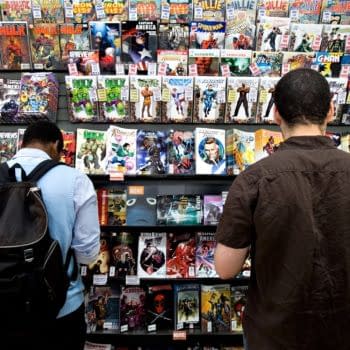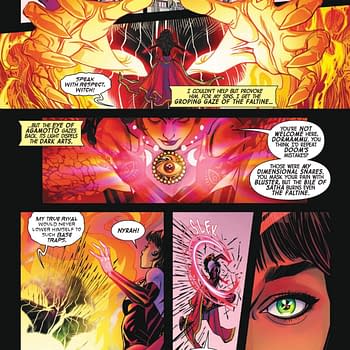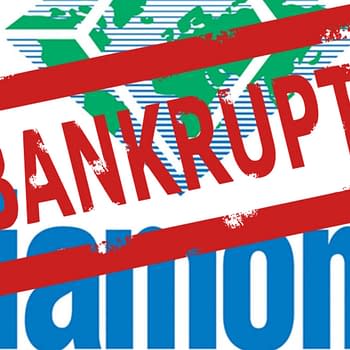Posted in: Comics | Tagged: Comics, disrupting
Does the Comics Industry Need Disrupting Too?
Since the comics crash of 1996, the industry has sagged. The market is there, but sales are low. Estimated North American market size for print comics has grown 50.30% between 1997 and 2018, from $500.64 million to $995 million. Despite all these potential buyers, unit sales of the top 300 comics for each month fell by 22.76% between 1997 and 2018.
Venture capital bros are unlikely to swoop in and disrupt the market with tech that was born yesterday. (And that's for the best.) That means comic publishers, distributors, and shops must reinvigorate their business. But are online shopping and delivery the answer?
Comic Shops: Keep Selling Expertise
Comic book shops are shutting their doors. In 2017, 50 American shops closed. Between 1997 and 2018, dollars from comic sales fell by 16.53%, adjusting for inflation.
As retail aggressively moves away from storefronts to the internet, comic book shops need to sell the in-store experience that online retailers like Comixology and Marvel Unlimited cannot possibly provide. (Unless they engineer a sentient chatbot that's digested 80 years worth of comics.) Getting customers in comic shops every Wednesday is a ritual, an opportunity to sell other things they weren't expecting to buy, or to continue building that relationship. Weekly releases also allow readers to talk about the books and build suspense for what happens next.
The knowledge that comic book retailers provide is their biggest asset. Owner of Secret Society Comics Michael Resnick says that "80% of our sales of independent publishers come from people asking for something new or different." If Big 3 publishers were to suddenly pivot to online purchasing and delivery — effectively undermining the business for comic book shops — independent publishers like Scout Comics and Antarctic Press would struggle with brand awareness and sales.
In order to maintain a competitive edge over digital comics and booksellers like Barnes & Noble cannibalizing the market, comic shops will also have to profit outside of print. They'll have to sell original art, prints, key issues of comics, collectables, and their biggest asset: knowledge.
Diamond Distributors: Be Better
All 2,500-ish comic book shop in America buy mostly non-returnable inventory at wholesale prices from Diamond Comics Distributors. Most people consider Diamond to be a monopoly in the distribution space. And yet, Diamond is struggling; see their endlessly loading website for proof.
Diamond is the go-to scapegoat for the languishing comics market. It doesn't help that famously sloppy business practices (like regular overages, slow shipping, and product shortages) have become synonymous with their brand. When interviewed for a Publishers Weekly article about the comics market, co-owner of Secret Headquarters comic shop Dave Pifer says "There's zero transparency about shipping costs between our store and Diamond. It's a major problem. We have no real idea how the costs are broken down—why we're charged what we're being charged. You either pay it or you don't get your books."
In reality, the greedy persona of Diamond is an exaggeration. They offer discounts up to 55% contingent on the order volume. But, in the US, they also make shops pay for shipping.
Even though Diamond controls comic book distribution, they're operating on wafer-thin profit margins. For every dollar a customer spends at a comic book shop:
- Diamond takes in about 5 to 10 cents. That pays for warehousing, distribution, salaries, insurance, etc.
- The publisher generally takes 40 cents.
- The store takes the rest. Diamond gives retailers up to 55% discount.
It's unlikely that Diamond will be able to lower the cost of their services while also drastically improving them. If Diamond is going to maintain their middle-man status, they need to integrate with publishers and retailers better.
Publishers: Keep Weekly Releases, But Release More Box Sets
Since 1997, the quantity, distribution, and consumption of entertainment has accelerated. In comics, this is only a half-truth. Marvel still relies on spray and pray for their business strategy, as they litter shelves with variants and simultaneous runs of Spider-Man titles.
Together, publishers release hundreds of comics per week. Even so, readers typically have to wait a month for the next issue of a series. That's a lot of time to forget what happened last issue, or to stop caring about the series.
In recent years, collected issues/trade paperbacks are more popular and profitable than monthly comic book periodicals. As single issue sales have consistently plummeted, trade paperbacks and graphic novels have filled in the gaps. From 2013 to 2018, graphic novels were the highest-selling format for comic books.
Perhaps publishers should take a cue from Netflix and provide binge-reading experiences?
TKO Studios and The Binge Business Model
This week, new publisher TKO Studios shipped its four complete miniseries directly to readers across the country this week in 6-issue box set and trade paperback formats. When TKO launched back in December 2018, they did the same thing.
When I asked TKO Studios co-founder Tze Chun why his company is releasing their Wave 1 and Wave 2 comics without Diamond, he said,
"For us, our decision to sell directly to stores is not based on any animosity towards Diamond. Rather, it was based on wanting to do things in a more modern, efficient, and beneficial way for stores, especially smaller comic book shops that do not qualify for Diamond's top discounts… In short, we wanted to put control of ordering and restocking back into the hands of the stores."
Similar to Diamond, TKO sells their books for 50% off the cover price to comic book shops. But unlike Diamond, they cover shipping for comic shops.
Even though TKO is offering comic shops friendly deals, it could be argued that they're placating retailers, who are missing out on the sales of TKO comics that went directly to the reader's house and bypassed the comics shop entirely. On March 7, 1994, Marvel pulled a similar move, offering to sell directly to readers instead of through retailers. It slipped copies of Marvel Mart — a merchandise mail order catalog — into its comics.
This threatened and infuriated the direct market. Back then, mail order was the equivalent of online shopping.
Should Comics Be More Like Amazon and Netflix?
Does the industry need to move in the direction of Amazon/Netflix and deliver binge-able quantities of comics to our cold unfeeling corpses resting comfortably in bed? No. Comics cannot embrace the binge model like Netflix has, for important reasons like production times and tradition. And while publishers could turn themselves into Amazon, should they?
Publishers need to keep pushing the weekly releases that keep comic shops in business. They should also follow the data on graphic novel sales and release certain series, in their entirety, at once for people to binge.
If you have any ideas on how the comics industry can be reinvigorated, please comment below.


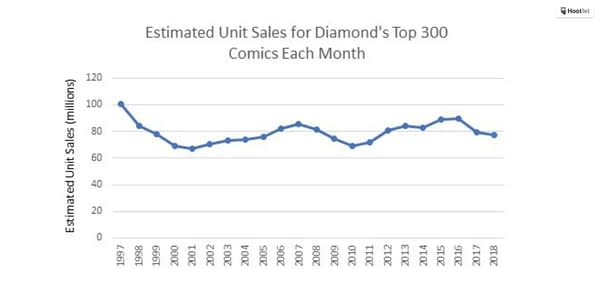
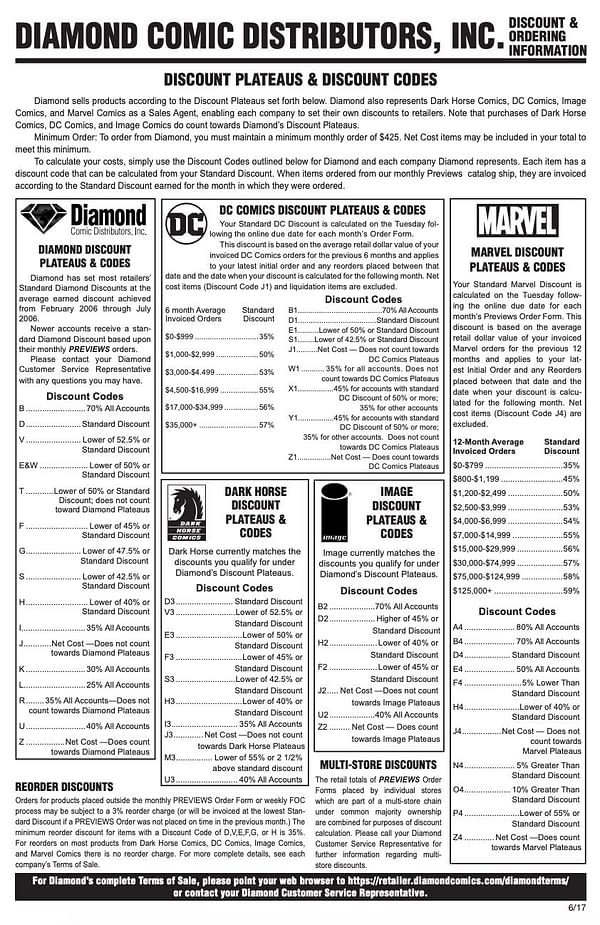
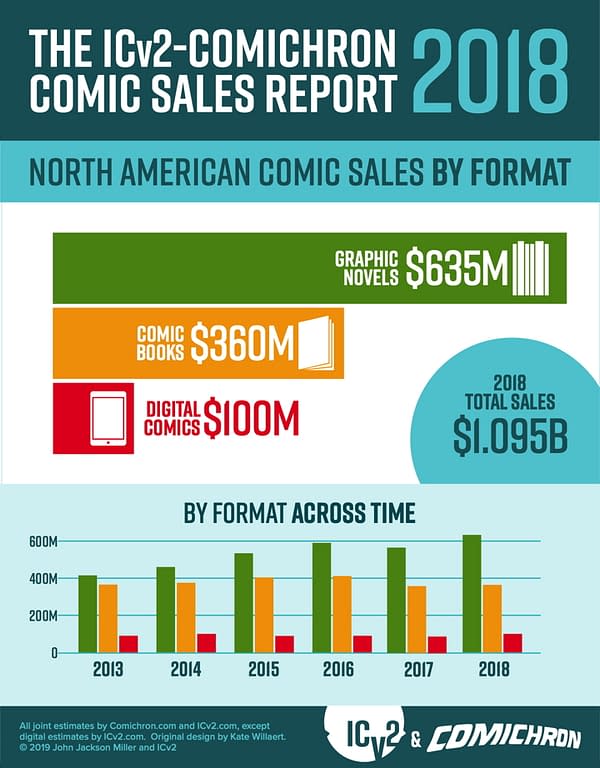
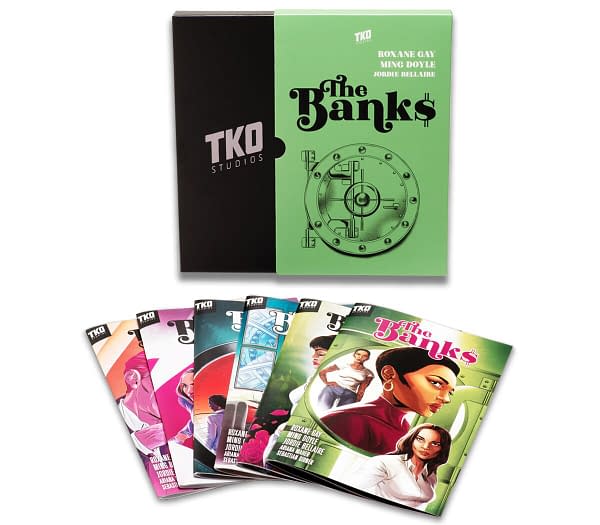
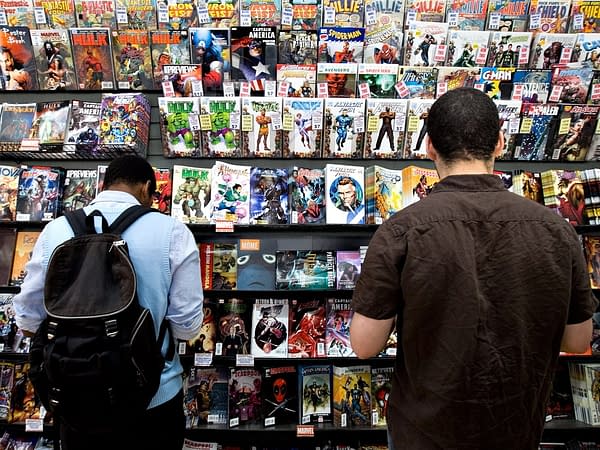
![Is 20XX One of 2019's Best Comics? [REVIEW]](https://mlpnk72yciwc.i.optimole.com/cqhiHLc.IIZS~2ef73/w:350/h:350/q:75/rt:fill/g:ce/https://bleedingcool.com/wp-content/uploads/2019/12/20xx-350x350.jpg)
